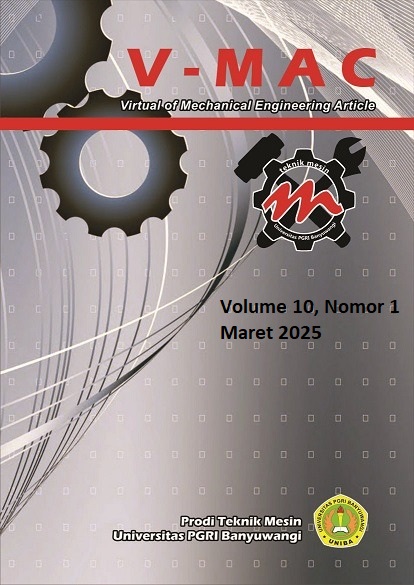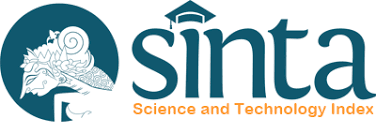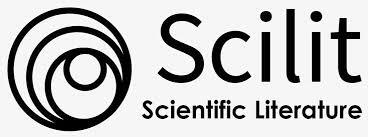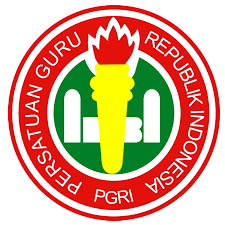Analisis Variasi RPM Motor Listrik terhadap Variasi Dimensi Produk pada Mesin Pemotong Bakso Kotak
DOI:
https://doi.org/10.36526/v-mac.v10i1.4228Abstract
In the food industry, the dough cutting process is needed to shape the dough as desired, such as square meatballs. Manual cutting of dough squares is done by cutting vertically and horizontally, but this method is time consuming. Therefore, mowers with electric motors are used for efficiency. Setting motor rpm is very important for optimal cutting results. If the rpm is too fast or slow, the results will not be appropriate. This research aims to find the right rpm range for a box meatball cutting machine. The research method was carried out by directly testing the machine at various conveyor motor rpm variations (2800, 2700, and 2600 rpm) and cutting motor variations (1400, 1350, and 1300 rpm) then measuring the dimensions of the resulting dough pieces. The research results showed that the combination of conveyor motor rpm of 2600 rpm and cutting motor rpm of 1350 rpm gave the best average cutting dimensions with a deviation value of 1 because at that rpm the conveyor and cutting knife had a speed difference that was not that big.
Downloads
Published
How to Cite
Issue
Section
License
uthors who publish with this journal agree to the following terms:
1. Copyright on any article is retained by the author(s).
2. The author grants the journal, the right of first publication with the work simultaneously licensed under a Creative Commons Attribution License that allows others to share the work with an acknowledgment of the work’s authorship and initial publication in this journal.
3. Authors are able to enter into separate, additional contractual arrangements for the non-exclusive distribution of the journal’s published version of the work (e.g., post it to an institutional repository or publish it in a book), with an acknowledgment of its initial publication in this journal.
4. Authors are permitted and encouraged to post their work online (e.g., in institutional repositories or on their website) prior to and during the submission process, as it can lead to productive exchanges, as well as earlier and greater citation of published work.
5. The article and any associated published material is distributed under the Commons Attribution 4.0 International License.





















